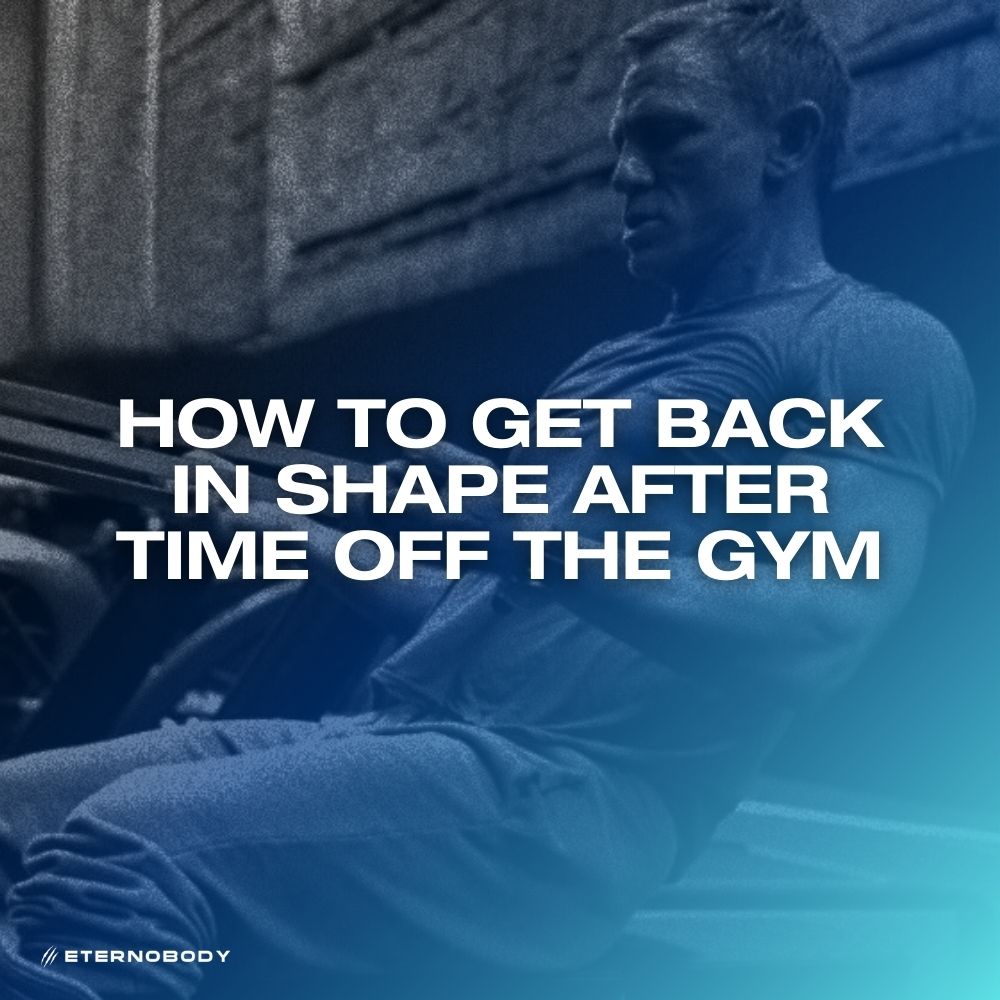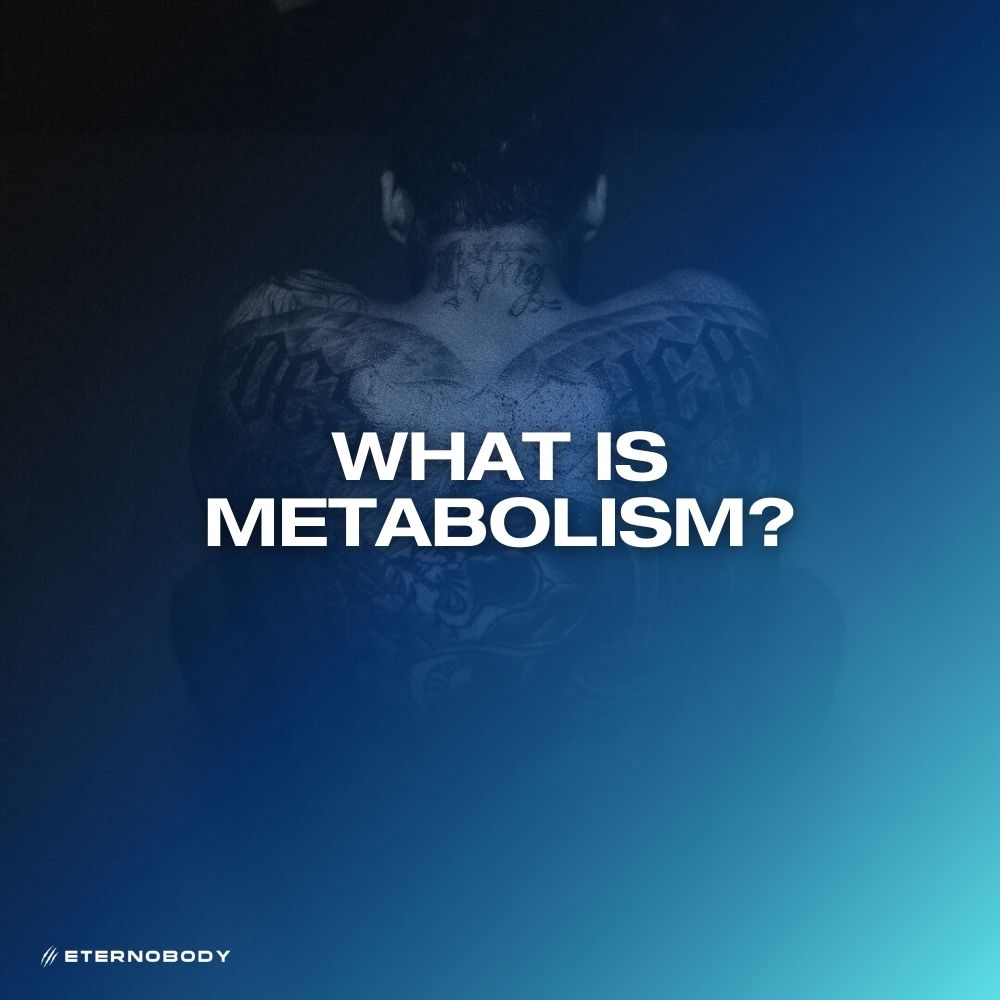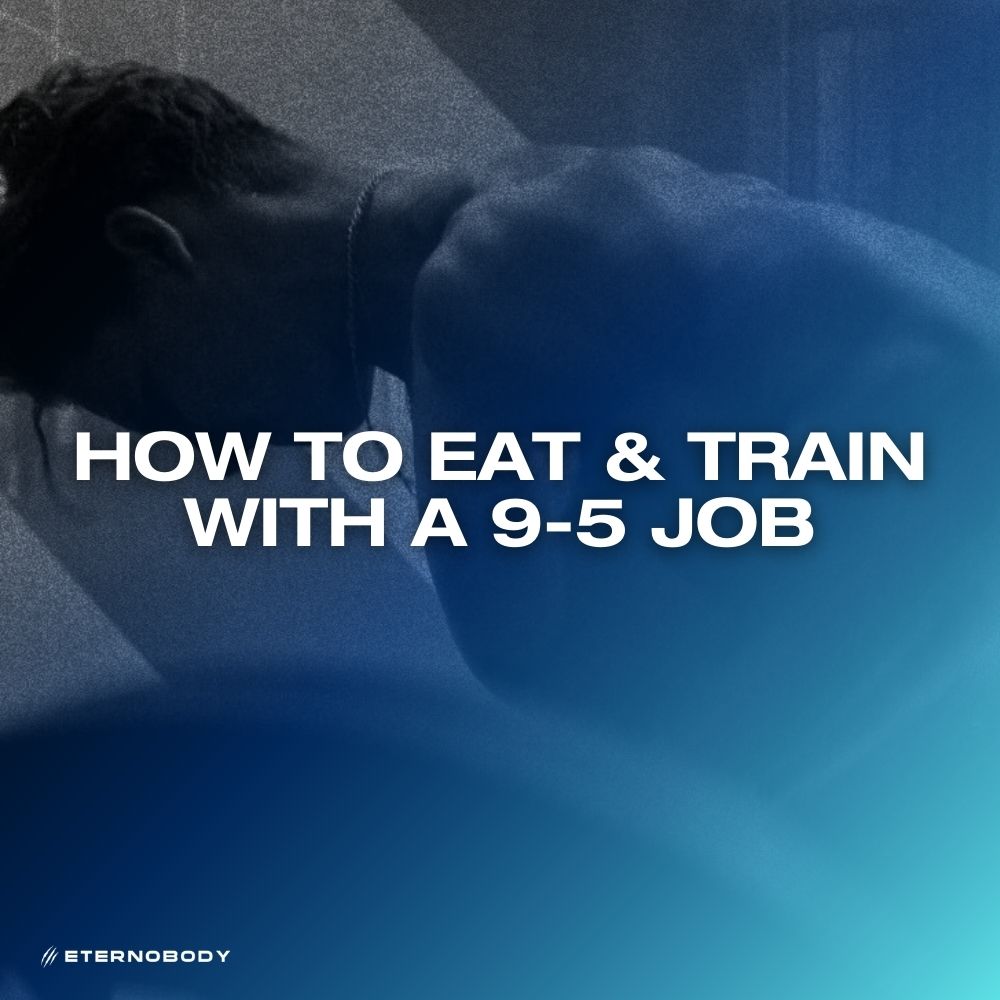
Are those brutal last few reps the only ones that really matter for muscle growth?
INTRODUCTION
If you've been around the fitness world for a while, you've probably heard the term "effective reps."
But what exactly does it mean, and should you be counting them? Let's break down this concept and see what the science actually tells us.
WHAT ARE EFFECTIVE REPS?
The effective reps model suggests that when you perform a set within the hypertrophy rep range, it's only the last few reps of that set that actually stimulate muscle growth. Typically, these are the last 5 reps before reaching failure.
For example, if you perform a set of 12 reps to failure, the effective reps model would suggest that the first 7 reps do very little to stimulate muscle growth. It's only those last 5 reps closest to failure that provide the vast majority of the hypertrophy stimulus.
WHY COUNT EFFECTIVE REPS?
The purpose of counting effective reps is to quantify your hypertrophy training stimulus. The idea is that a training routine that accumulates more total effective reps throughout the week for a muscle group would lead to greater muscle growth.
But is this model really accurate? Is this the best way to measure your training stimulus?
TRAINING CLOSE TO FAILURE
To start answering these questions, we need to look at proximity to failure. Some research shows that training closer to failure does tend to produce better muscle growth to some extent. However, the exact relationship isn't entirely clear.
Several meta-analyses have tried to establish the relationship between proximity to failure and muscle growth. While they don't all agree on the exact pattern, two consistent findings emerge:
- Significant muscle growth can occur when training quite far from failure (as much as 10 reps in reserve)
- Training closer to failure tends to result in better muscle growth
THE VOLUME VS INTENSITY DEBATE
If the effective reps model was 100% true, we would expect intensity (training closer to failure) to be more important than volume for muscle growth. In other words, training closer to failure with fewer sets would be more effective than training further from failure with more sets.
One study compared this by having untrained women perform barbell curls with different protocols. The group that trained to failure saw the most muscle growth, even when the total number of reps performed was similar to the other groups. This suggests that accumulating more reps at a closer proximity to failure produces better muscle growth.
EVIDENCE THAT CHALLENGES THE EFFECTIVE REPS MODEL
Some research findings don't fully support the effective reps model.
REST PERIODS
Studies on rest periods show that both shorter and longer rest periods allow great muscle growth, though longer rest periods produce slightly better growth on average.
This is likely because longer rest periods allow lifting performance to be maintained on subsequent sets. Even with effective reps being equal, longer rest periods still produce slightly greater growth in most cases.
REP RANGES
Research has established that the effective hypertrophy rep range is much wider than the traditional 6-12 rep range. A meta-analysis found that training to failure produced similar muscle growth across light loads (>15 rep max), moderate loads (9-15 rep max), and heavy loads (≤8 rep max).
Interestingly, training closer to failure seems more important when training with lighter loads compared to heavier loads.
This makes sense because when using heavier loads, we're already close to failure from the early stages of a set, meaning we accumulate effective reps earlier.
With lighter loads, it takes more reps to reach the effective rep zone.
METABOLITE TECHNIQUES
Let's look at three training techniques that might tell us more about effective reps:
DROP SETS
Drop sets involve performing a standard set to (or close to) failure, then reducing the load and performing another set with minimal rest. Research shows that both drop sets and traditional training are similarly effective for muscle growth, with a slight trend favouring drop sets.
This suggests that reps performed in a highly fatigued state do contribute to muscle growth, despite lifting performance being limited.
REST-PAUSE TRAINING (MYOREPS)
Rest-pause (or myo-rep) training involves performing one standard set followed by multiple mini-sets using the same load with short rest periods.
One study found that rest-pause training produced greater muscle growth compared to traditional training, despite the same number of total reps being performed with the same relative load. This supports the effective reps model, as more muscle growth was seen when accumulating more reps at a closer proximity to failure.
PRE-FATIGUE
Pre-fatigue involves performing an isolation exercise to fatigue a specific muscle group before performing a compound exercise that involves that same muscle.
Research shows that while pre-fatiguing a muscle will limit how much load or reps you can perform, it doesn't seem to inhibit muscle growth as long as you still take each set close to failure. This supports the idea that reps performed in a highly fatigued state are more stimulative for muscle growth.
HOW IMPORTANT IS THE EFFECTIVE REPS MODEL?
Based on all this information, we can draw a few conclusions:
- Muscle growth can be achieved without any effective reps at all. There's plenty of research and anecdotal evidence showing muscle growth without going anywhere near failure.
- Training closer to failure does produce greater muscle growth than training further from failure.
- The reps performed towards the end of a set (the effective reps) might be more hypertrophic than those performed earlier in the set.
A MORE PRACTICAL APPROACH...
While the effective reps model has some validity, it doesn't seem to be entirely accurate or practical for the average gym goer to use to track their training. Rather than counting effective reps, a more practical strategy would be to quantify the total number of sets performed close to failure per muscle group per week.
This still acknowledges the validity of the model as a great way of measuring the successful impact from a hard set, whilst bring more practical for most people's training needs.
CONCLUSION
While there's truth to the idea that reps performed closer to failure provide more growth stimulus, the effective reps model isn't something I think the everyday man need to stress over.
Rather than obsessing over counting effective reps per muscle, workout or week; focus on performing quality sets taken reasonably close to failure, and ensure you're progressively overloading over time.
Just keep in mind that in the end it probably is those tough reps at the end of a set that mean the most. No pain, no gain after all.
REFERENCES
Grgic, J., Lazinica, B., Mikulic, P., Krieger, J.W. and Schoenfeld, B.J. (2017). The effects of short versus long inter-set rest intervals in resistance training on measures of muscle hypertrophy: A systematic review. European Journal of Sport Science, 17(8), pp.983–993. doi:https://doi.org/10.1080/17461391.2017.1340524.
Grgic, J., Schoenfeld, B.J., Orazem, J. and Sabol, F. (2021). Effects of resistance training performed to repetition failure or non-failure on muscular strength and hypertrophy: A systematic review and meta-analysis. Journal of Sport and Health Science, 11(2), pp.202–211. doi:https://doi.org/10.1016/j.jshs.2021.01.007.
Lasevicius, T., Schoenfeld, B.J., Silva-Batista, C., Barros, T. de S., Aihara, A.Y., Brendon, H., Longo, A.R., Tricoli, V., Peres, B. de A. and Teixeira, E.L. (2019). Muscle Failure Promotes Greater Muscle Hypertrophy in Low-Load but Not in High-Load Resistance Training. Journal of Strength and Conditioning Research, 36(2), p.1. doi:https://doi.org/10.1519/jsc.0000000000003454.
Lopez, P., Radaelli, R., Taaffe, D.R., Newton, R.U., Galvão, D.A., Trajano, G.S., Teodoro, J., Kraemer, W.J., Häkkinen, K. and Pinto, R.S. (2020). Resistance Training Load Effects on Muscle Hypertrophy and Strength Gain. Medicine & Science in Sports & Exercise, Publish Ahead of Print(6). doi:https://doi.org/10.1249/mss.0000000000002585.
Martorelli, S., Cadore, E.L., Izquierdo, M., Celes, R., Martorelli, A., Cleto, V.A., Alvarenga, J.G. and Bottaro, M. (2017). Strength training with repetitions to failure does not provide additional strength and muscle hypertrophy gains in young women. European Journal of Translational Myology, 27(2). doi:https://doi.org/10.4081/ejtm.2017.6339.
Prestes, J., A. Tibana, R., de Araujo Sousa, E., da Cunha Nascimento, D., de Oliveira Rocha, P., F. Camarço, N., Frade de Sousa, N.M. and Willardson, J.M. (2019). Strength and Muscular Adaptations After 6 Weeks of Rest-Pause vs. Traditional Multiple-Sets Resistance Training in Trained Subjects. Journal of Strength and Conditioning Research, 33, pp.S113–S121. doi:https://doi.org/10.1519/jsc.0000000000001923.
Refalo, M.C., Helms, E.R., Trexler, Eric.T., Hamilton, D.L. and Fyfe, J.J. (2022). Influence of Resistance Training Proximity-to-Failure on Skeletal Muscle Hypertrophy: A Systematic Review with Meta-analysis. Sports Medicine, 53(3). doi:https://doi.org/10.1007/s40279-022-01784-y.
Robinson, Z., Pelland, J., Remmert, J., Refalo, M., Jukic, I., Steele, J. and Zourdos, M. (2023). Exploring the Dose-Response Relationship Between Estimated Resistance Training Proximity to Failure, Strength Gain, and Muscle Hypertrophy : A Series of Meta-Regressions. [online] sportrxiv.org. Available at: https://sportrxiv.org/index.php/server/preprint/view/295.
Sødal, L.K., Kristiansen, E., Larsen, S. and van den Tillaar, R. (2023). Effects of Drop Sets on Skeletal Muscle Hypertrophy: A Systematic Review and Meta-analysis. Sports Medicine - Open, [online] 9(9), p.66. doi:https://doi.org/10.1186/s40798-023-00620-5.
Trindade, T.B., Prestes, J., Neto, L.O., Medeiros, R.M.V., Tibana, R.A., de Sousa, N.M.F., Santana, E.E., Cabral, B.G. de A.T., Stone, W.J. and Dantas, P.M.S. (2019). Effects of Pre-exhaustion Versus Traditional Resistance Training on Training Volume, Maximal Strength, and Quadriceps Hypertrophy. Frontiers in Physiology, 10. doi:https://doi.org/10.3389/fphys.2019.01424.




